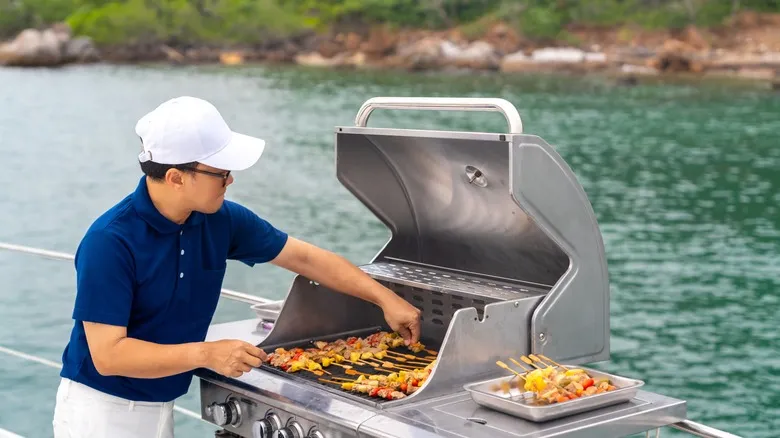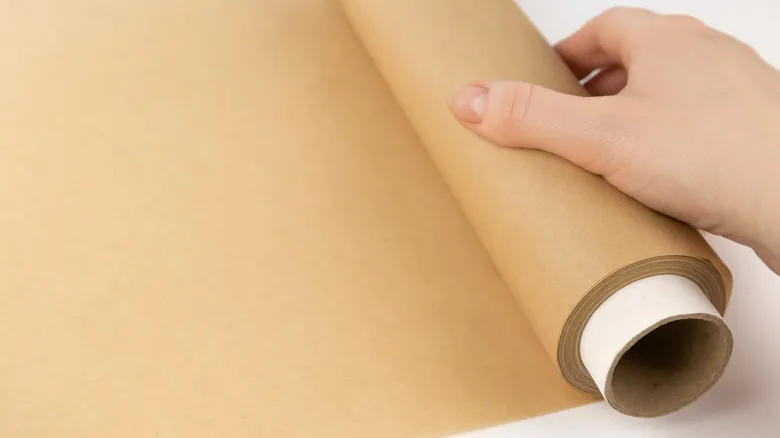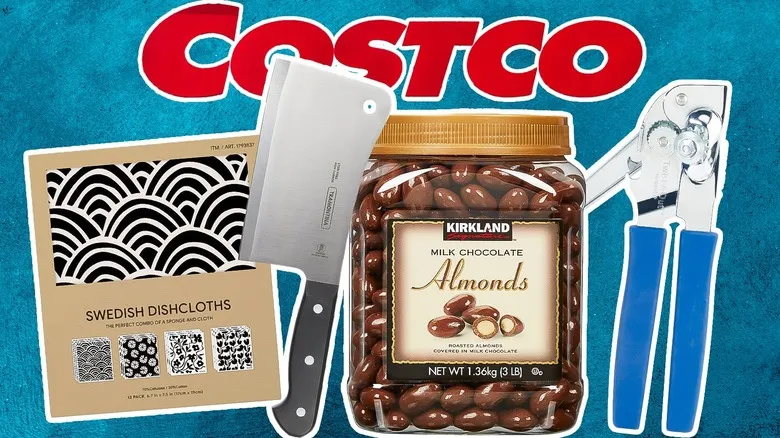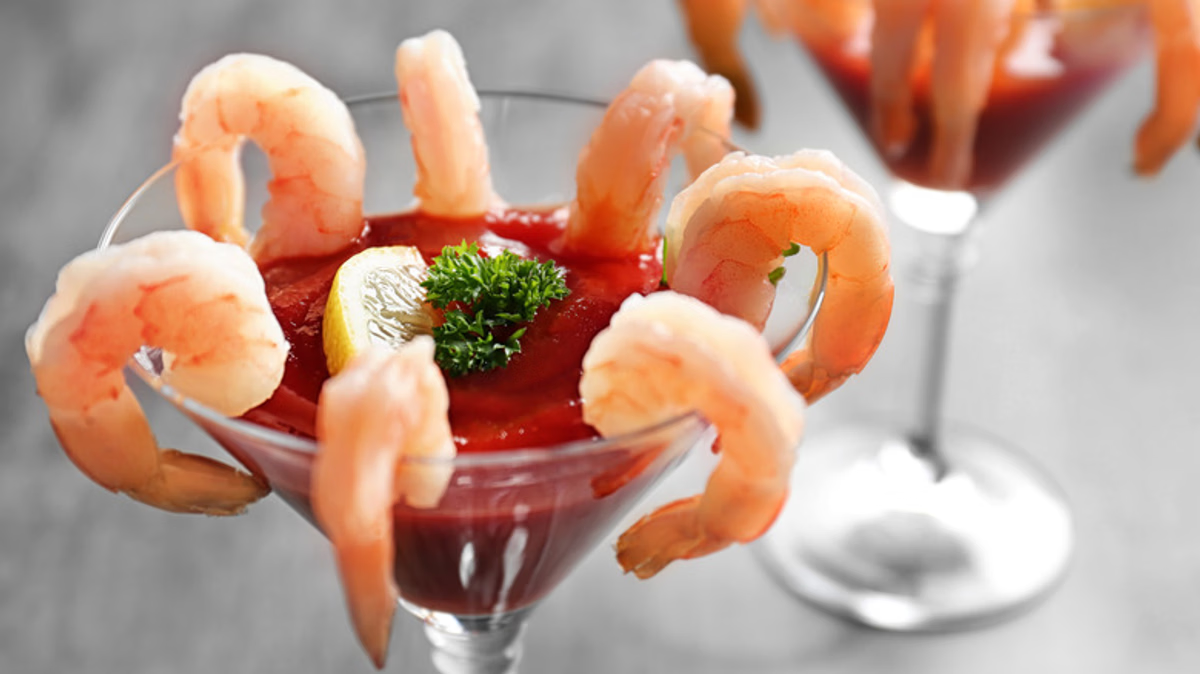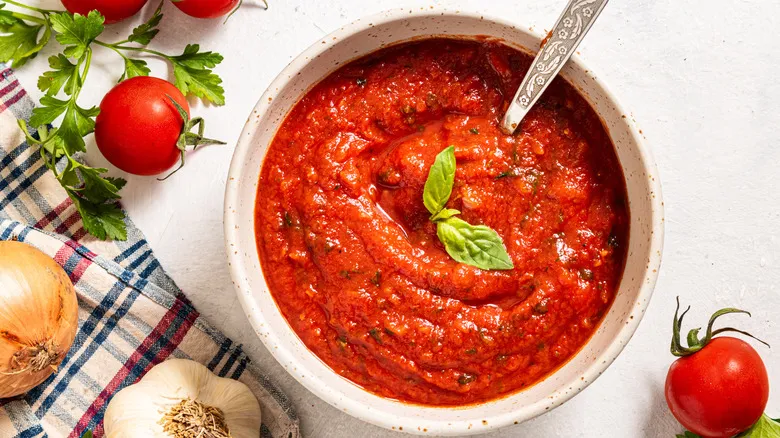Prepping your shrimp for the grill
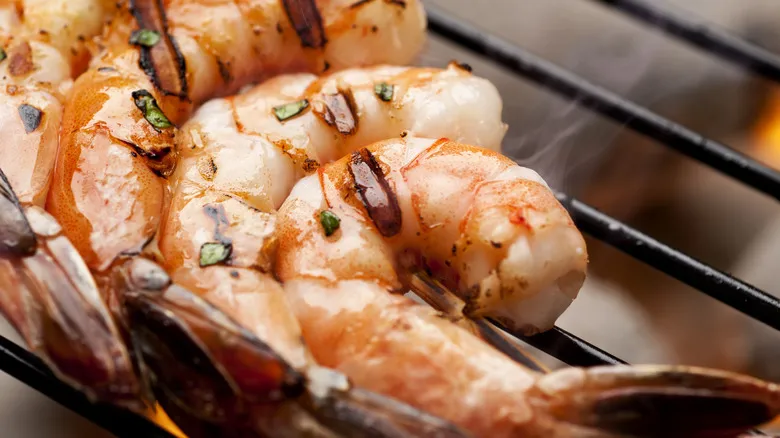
When selecting the ideal shrimp for grilling, choose large or jumbo shrimp, whether raw or precooked. If you can find a seafood market, freshly caught shrimp is incredibly flavorful, but high-quality frozen shrimp can also be delicious when grilled. Some believe that shrimp cooked in the shell is tastier, but if you prefer to avoid the hassle of peeling, go for shell-off, tail-on, deveined shrimp. While grilling shrimp in the shell is an option, removing it allows the shrimp to soak up the marinade's flavors and enhances the charred taste from the grill. It also makes skewering the shrimp easier for grilling.
If you're using frozen shrimp, be sure to thaw it before grilling. You can do this by placing it in the refrigerator overnight or by sealing it in a bag and submerging it in a bowl of cold water for about 20 minutes. Once thawed, season or marinate the shrimp to enhance its flavor. For optimal results, brush the shrimp with mayonnaise before grilling; the fat will help sear the shrimp beautifully and prevent sticking. Seafood marinades often include a blend of lemon juice with butter or olive oil to balance the ocean flavor. You can elevate the dish with a spicy lemon garlic butter sauce or incorporate soy sauce, garlic, and honey for a savory-sweet umami kick.
Tips for grilling tasty shrimp
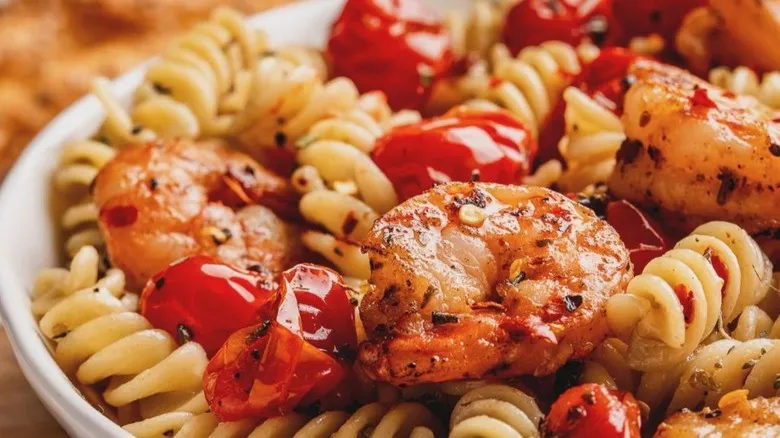
After marinating your shrimp, thread them onto skewers by inserting them through the center. Keeping the tails on makes it easier to remove the shrimp from the skewers once they’re cooked. Additionally, some believe that cooking shrimp with the tails on enhances the flavor. Using skewers is a reliable method for grilling shrimp, as they prevent the shrimp from falling through the grill and make it simple to flip them halfway through the cooking process.
Cook the shrimp over high, direct heat for just a few minutes on each side. This isn’t the kind of grilling where you can load up the grates and socialize with your guests. To avoid common shrimp cooking mistakes like overcooking, keep a close watch on the grill. You’ll know the shrimp are ready when they turn pink or orange and reach an internal temperature of 145 degrees Fahrenheit. Depending on their size, shrimp may take as little as two minutes per side to cook.
Because shrimp cooks so quickly, beginners might worry about overcooking it. However, Bautista reassures, "Slightly overcooking shrimp isn’t a major issue for beginners." The texture may become a bit chewy and tough, but the flavor will still be delightful. If it’s significantly overcooked, you can use it in other dishes like grilled shrimp tacos, pasta, or salads.
Recommended
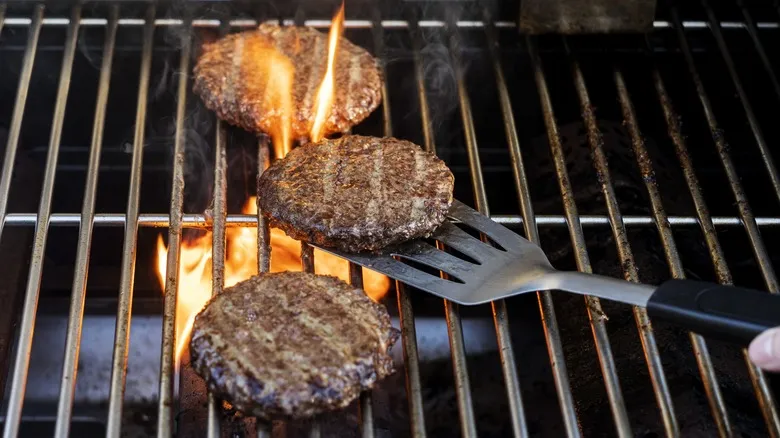
Open Vs Closed Lid: Which Is Best For Hamburgers On A Gas Grill?
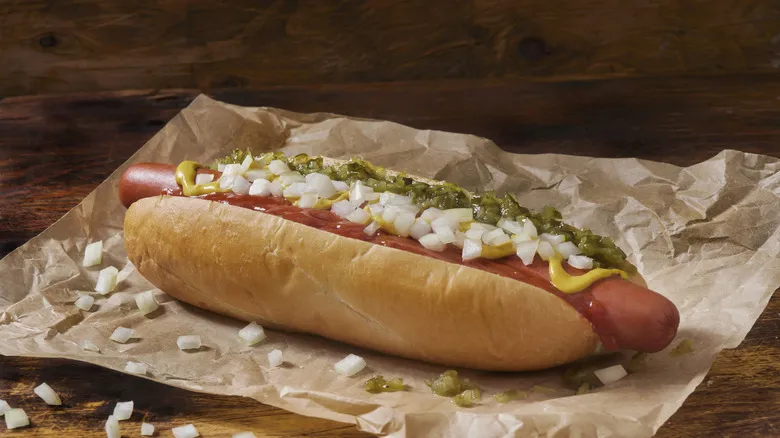
Swap Your Toasted Hot Dog Buns For Warm, Spongy Steamed Buns
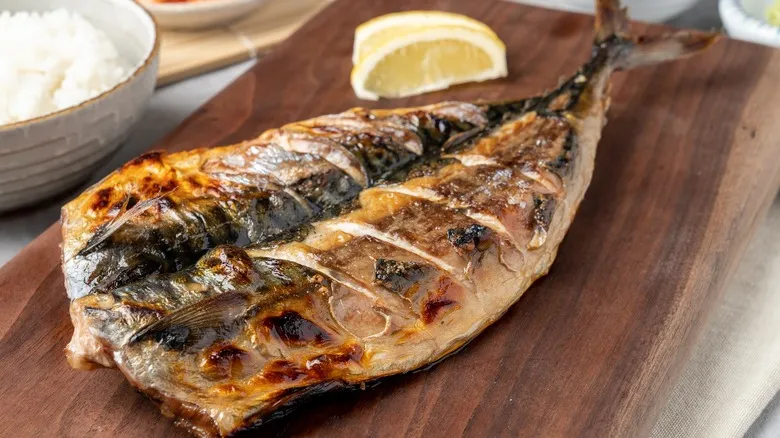
Here's What Seafood Belongs On Your Grill And What Doesn't
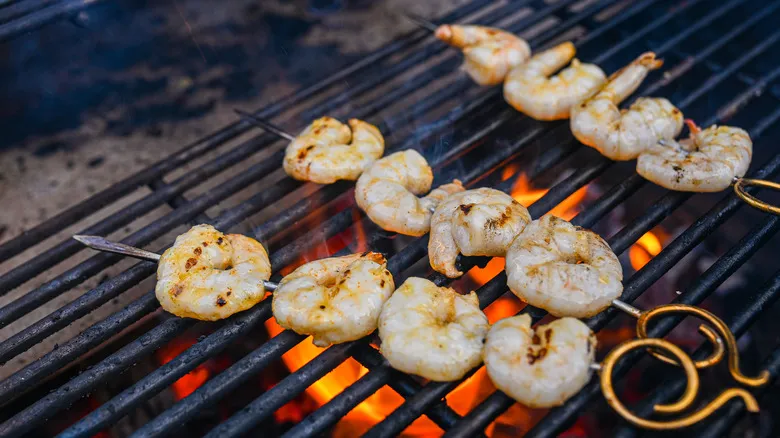
The Best And Worst Marinades For Grilling Shrimp
Next up

